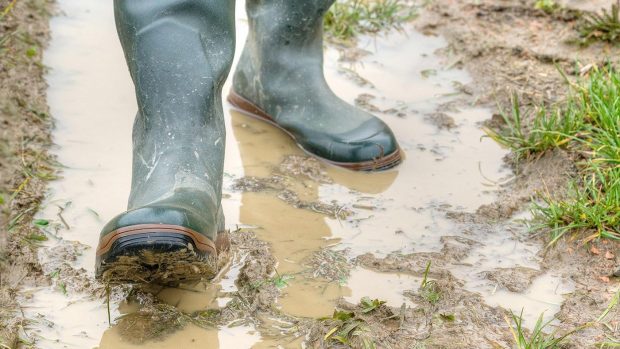Owners are being warned to keep an eye on their horses if they are grazing in fields full of buttercups – the plant can irritate horses’ flesh and this has been a bumper year.
RSPCA inspector Kirsty Withnall says she is receiving more callouts, and earlier in the year, to possible “buttercup burn” than usual.
Buttercups contain ranunculin, which can be an irritant. It may cause mild soreness or blistering around the mouth and on the sensitive skin around the muzzle.
“The problem is worse in wet weather, when moisture on the nose may increase the irritant effect to cause a contact dermatitis,” said H&H veterinary adviser Karen Coumbe. 

“The rash can take up to 72 hours to appear. If a horse has a serious dermatitis, check out other possible causes, such as sunburn or photosensitisation.”
Redwing’s vet Nic de Brauwere added: “The sap in the plants is an irritant and, if eaten, a large amount can also cause diarrhoea and colic. Buttercups are seen to be innocent, but they can have their own set of problems, so owners should be aware.
“More worrying are St John’s wort and ragwort – which cause liver problems and release photo-reactive chemicals in skin, causing it to be more sensitive.”
Camilla Bedford, from Derbyshire, noticed her 20-year-old Irish sport horse Walter’s nose had become sore about two weeks ago.
“He has a pink nose so is susceptible to sunburn anyway, but this year it’s been exacerbated by the buttercups and has gone scabby,” she said.
“I’m putting on an antiseptic cream and sun cream. There’s no way we can remove the buttercups from our pasture – there are too many.”
But Ms Coumbe advises owners not to be unduly worried.
“There is little scientific work on buttercup toxicity, probably as it is considered a low risk, but it is still frequently a cause for concern,” she said.
“If buttercups are to blame, the condition will rapidly clear if the horse is kept away from the plant for a couple of days.”
This news story was first published in the current issue of H&H (14 June 2012)




